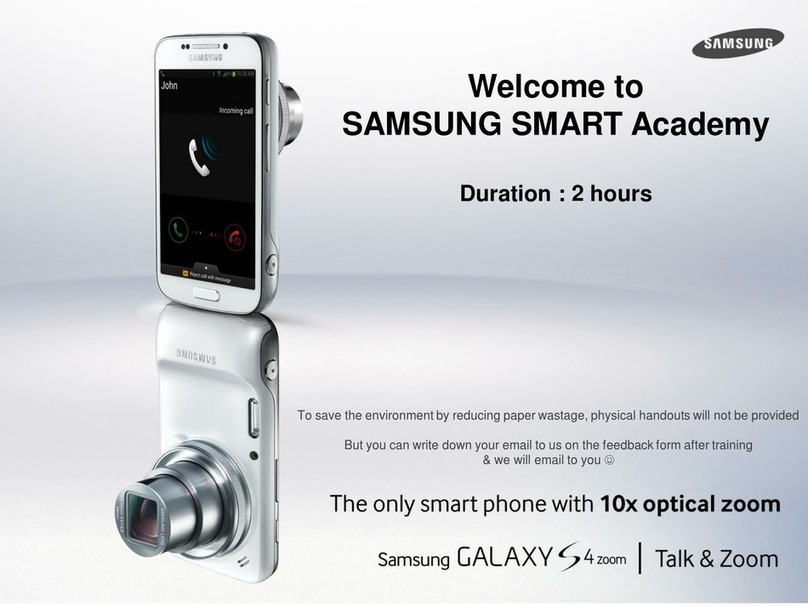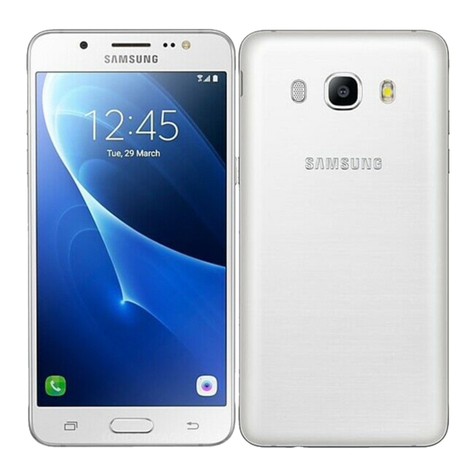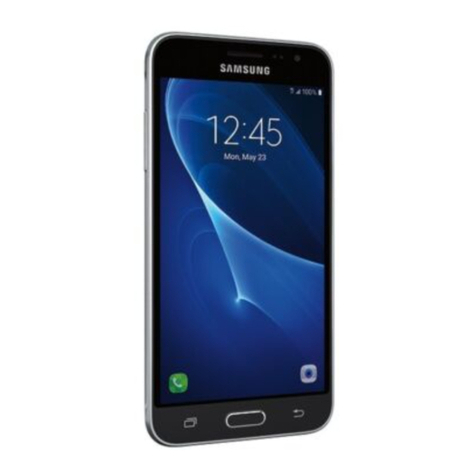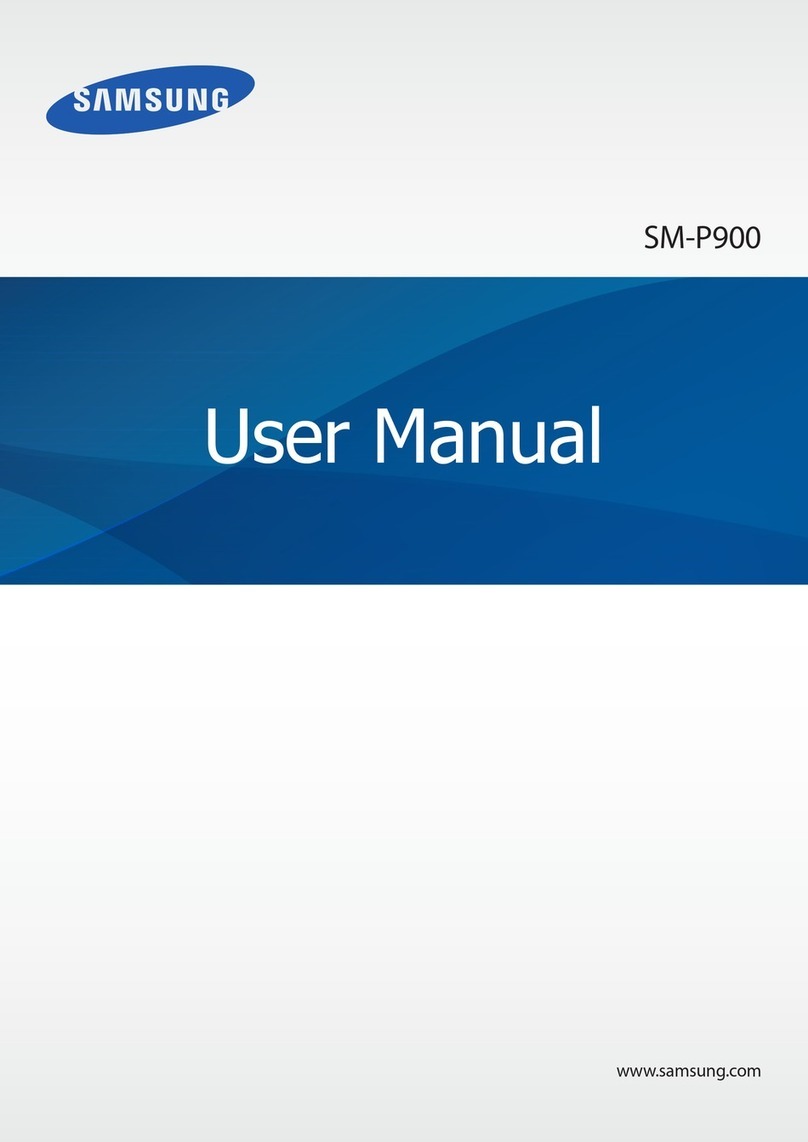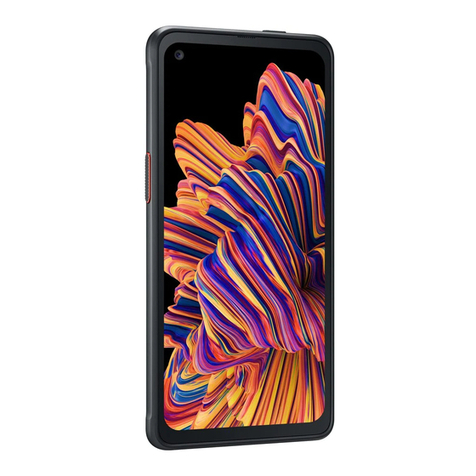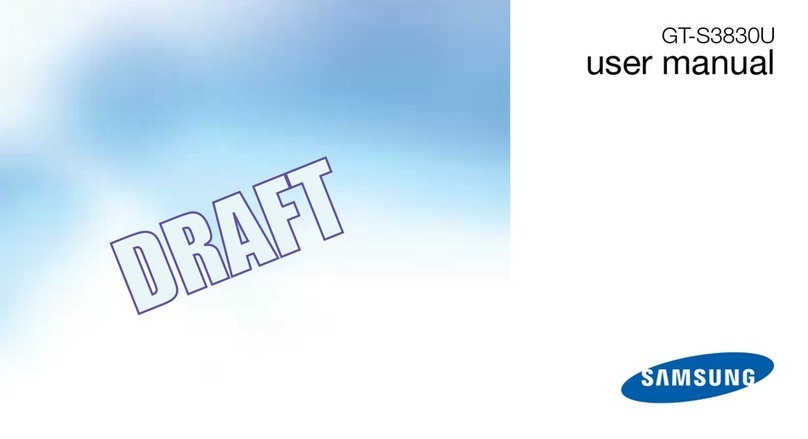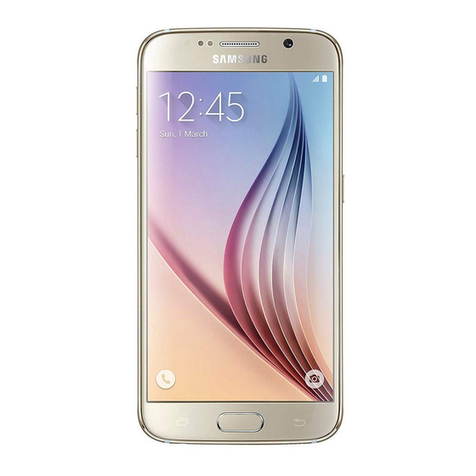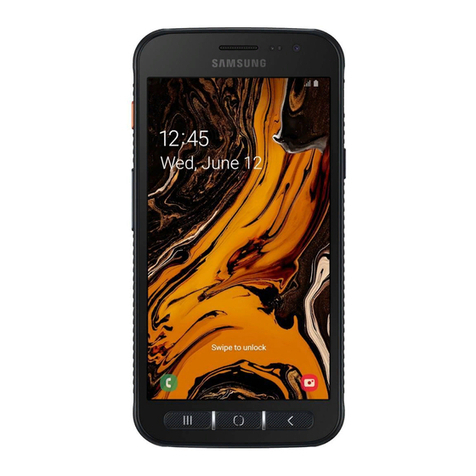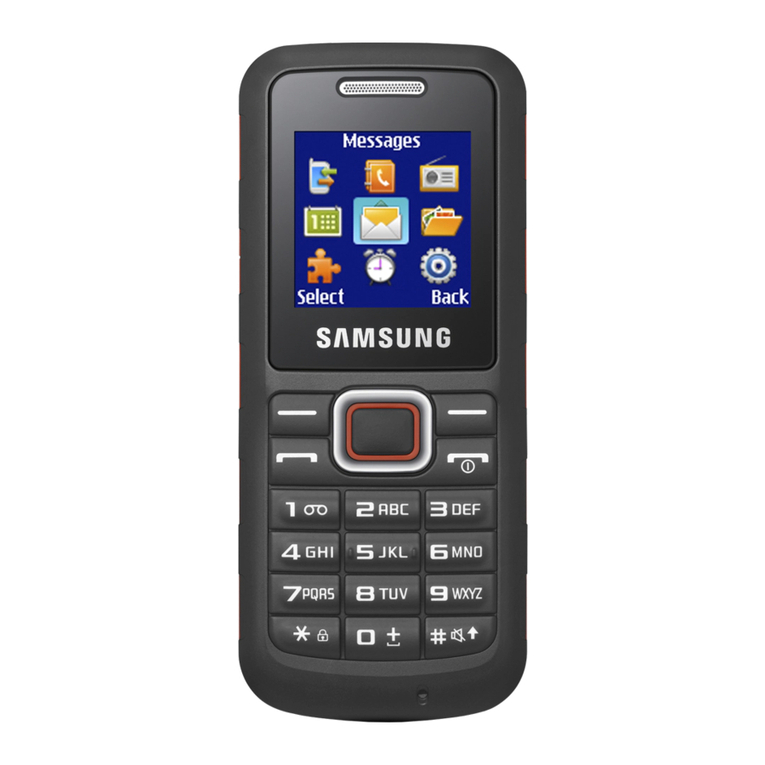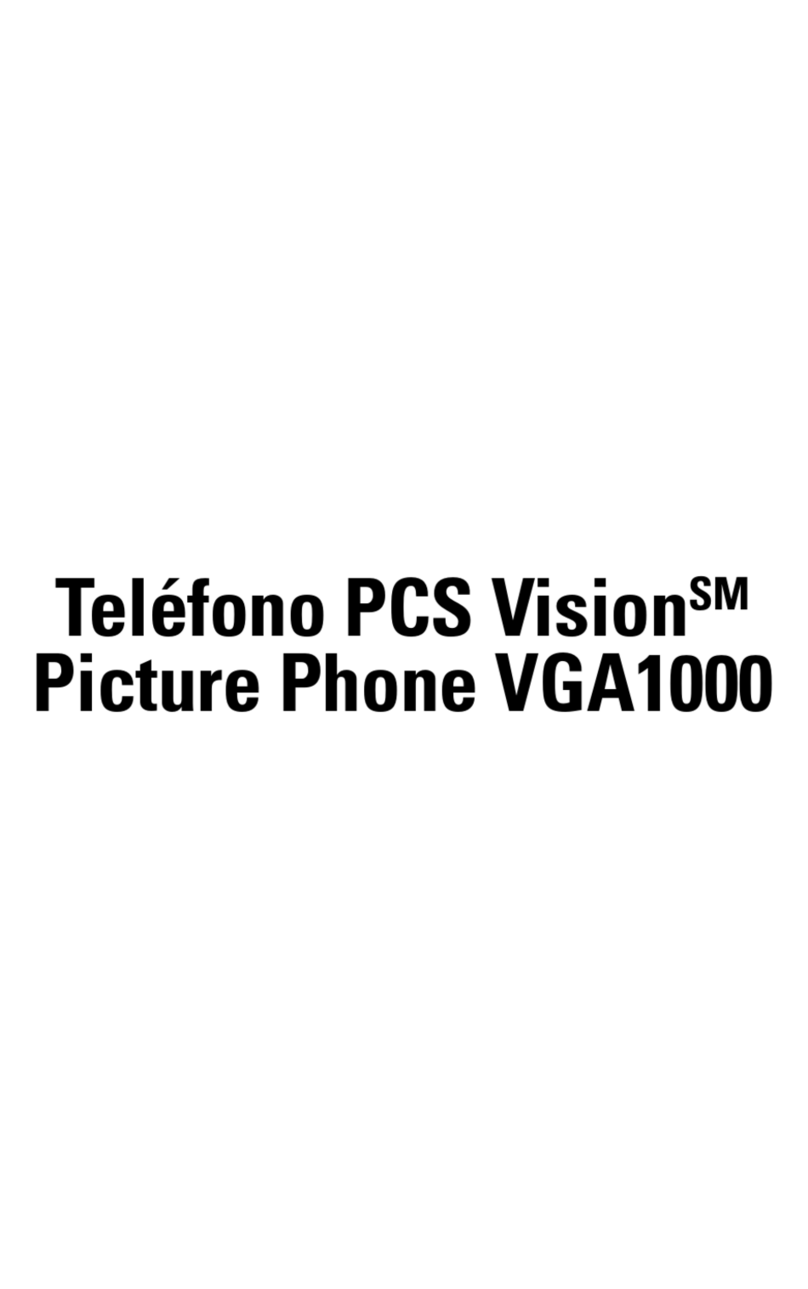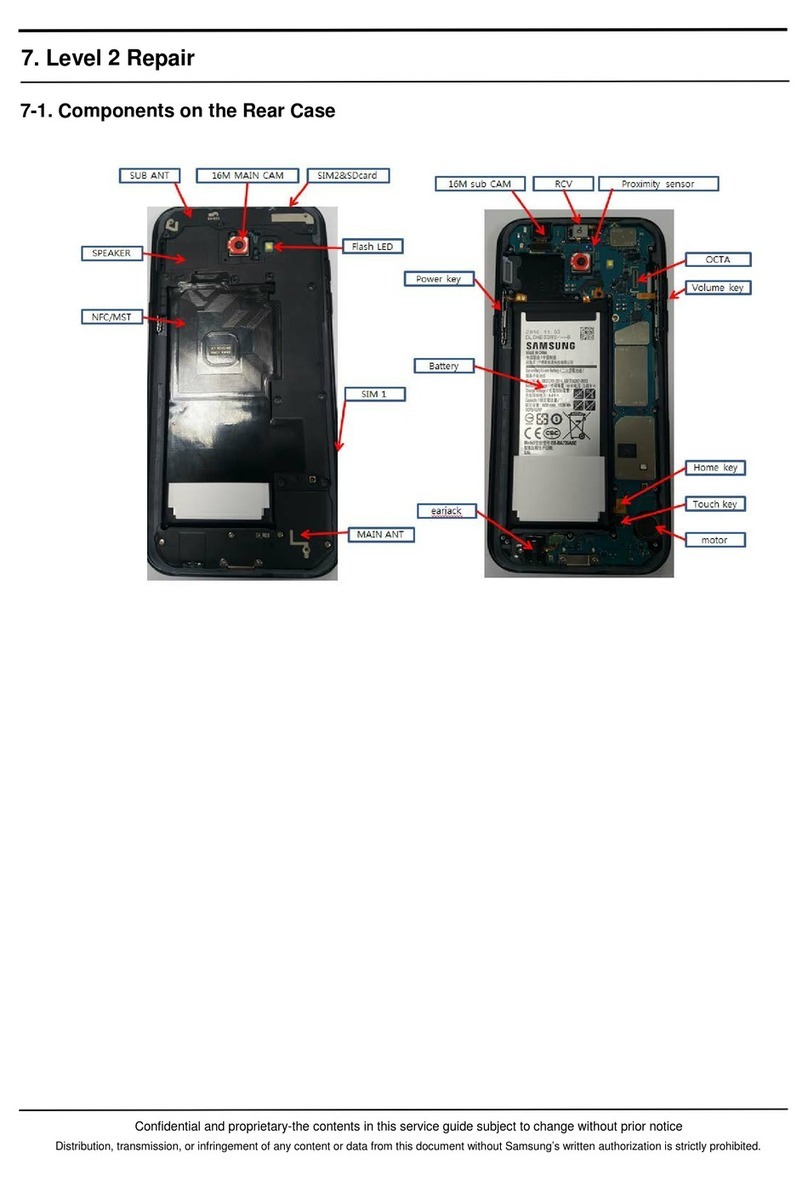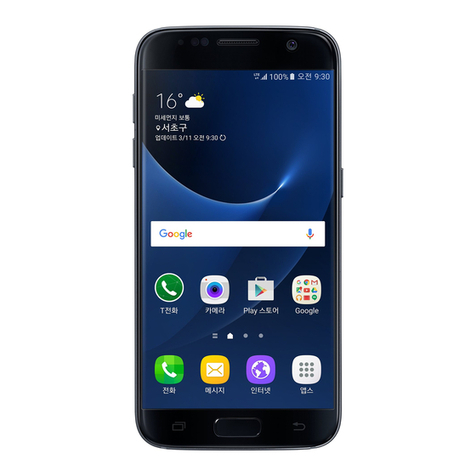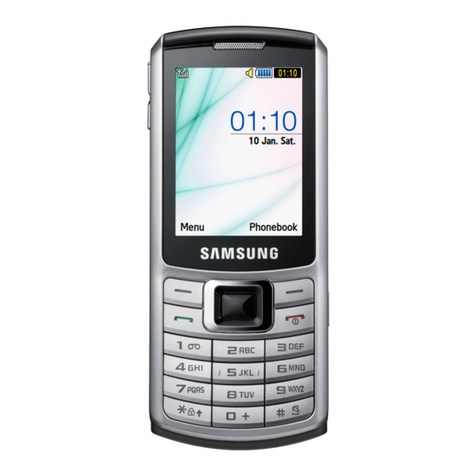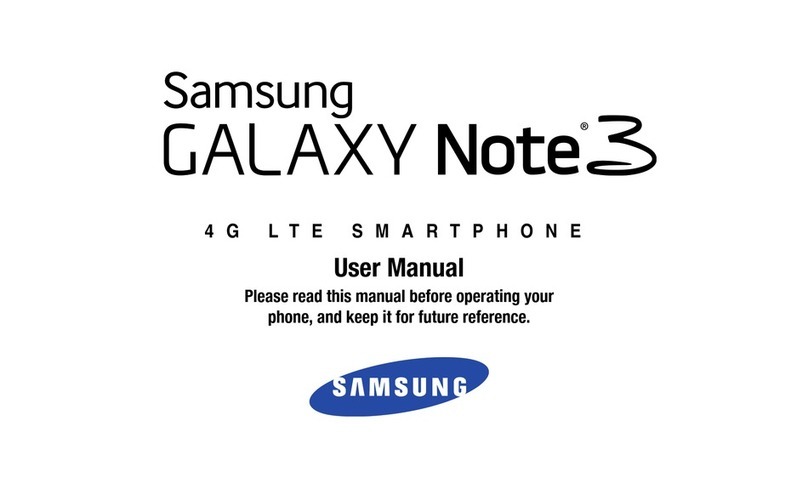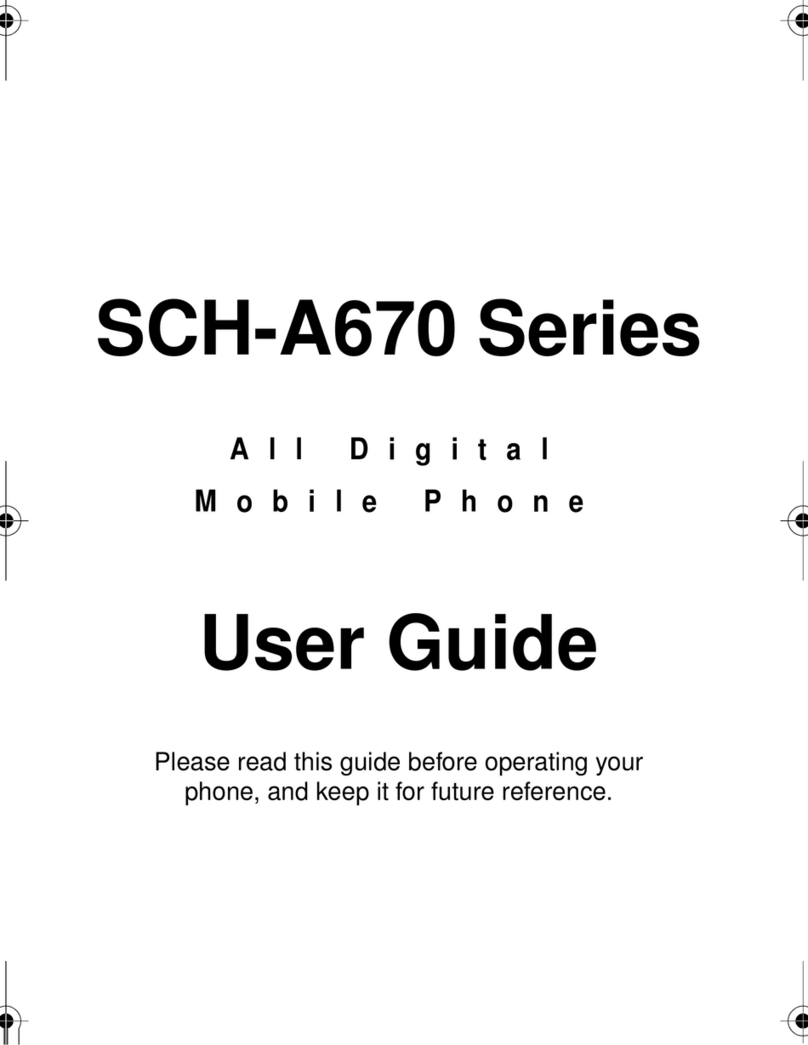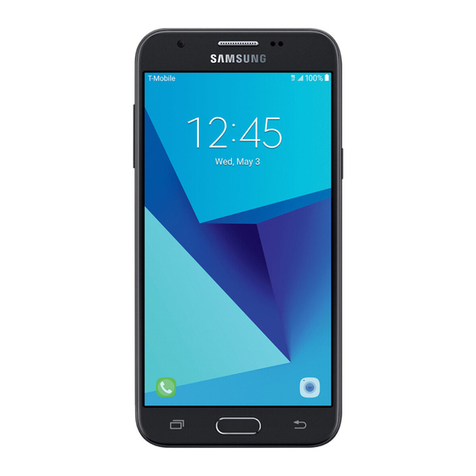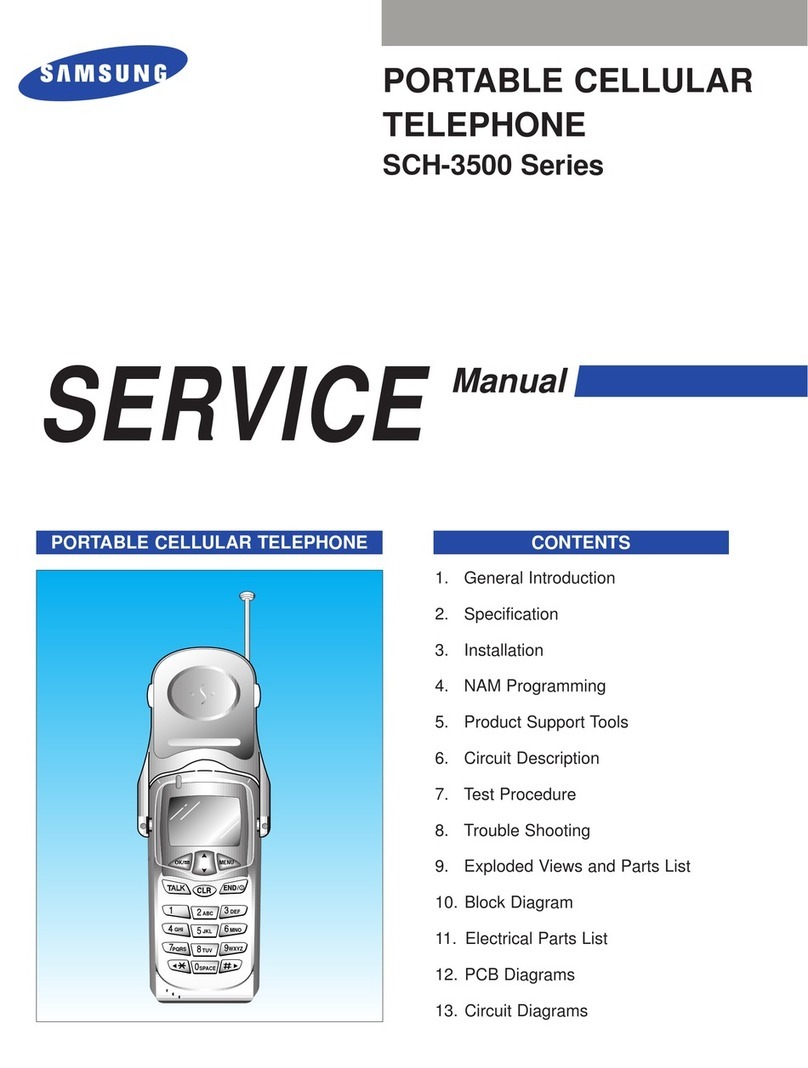Con sum er I nfor m a t ion on W irele ss Phones
The U.S. Food and Drug Adm inistrat ion ( FDA) has published a series of
Quest ions and Answers for consum ers relating to radio frequency ( RF)
exposur e from wireless phones. The FDA publication includes the
follow ing infor m at ion:
W ha t k inds of phones are t he su bj ect of t h is upda t e?
The term wireless phone refers here to hand-held wireless phones wit h
built-in ant ennas, oft en called “ cell,” “ m obile,” or “ PCS” phones. These
types of wireless phones can expose t he user to m easurable radio
fr equency energy ( RF) because of t he shor t dist ance bet w een t he phone
and t he user's head. These RF exposures are lim ited by Federal
Com m unicat ions Com m ission safety guidelines t hat were developed with
the advice of FDA and other federal health and safet y agencies. When t he
phone is locat ed at greater dist ances from t he user, t he exposure to RF is
drast ically lower because a person's RF exposure decreases rapidly wit h
increasing dist ance from the source. The so-called “ cor dless phones,”
which have a base unit connected t o t he t elephone wiring in a house,
typically oper ate at far lower power levels, and thus produce RF
exposures well wit hin t he FCC's com pliance lim its.
D o w ir ele ss ph on es pose a h ea lt h h a za r d?
The available scient ific evidence does not show that any healt h problem s
are associated w ith using wireless phones. There is no proof, however,
that wir eless phones are absolutely safe. Wireless phones em it low levels
of radio frequency energy ( RF) in t he m icrowave range while being used.
They also em it very low lev els of RF w hen in t he st an d-by m ode. Whereas
high levels of RF can pr oduce healt h effect s ( by heat ing t issue) , exposur e
t o low lev el RF t hat does not pr oduce heat ing effect s causes no know n
adverse health effects. Many st udies of low level RF exposures have not
found any biological effect s. Som e st udies have suggest ed t hat som e
biological effects m ay occur, but such findings have not been confirm ed
by additional research. I n som e cases, ot her researchers have had
difficulty in reproducing those st udies, or in det erm ining t he reasons for
inconsist ent results.
W ha t is FDA's r ole concer ning t he safe t y of w ir eless phones?
Under the law , FDA does not review t he safet y of radiation-em it t ing
consum er products such as wireless phones before they can be sold, as it
does with new drugs or m edical devices. However , the agency has
aut horit y t o t ake act ion if wireless phones ar e shown t o em it radio
frequency energy ( RF) at a level that is hazardous t o the user. I n such a
case, FDA could require the m anufact urers of wireless phones t o not ify
users of t he healt h hazard and t o repair, replace or recall t he phones so
that t he hazard no longer exists.
Alt hough t he ex ist in g scient ific dat a do not j ust if y FDA r egulat ory act ions,
FDA has ur ged t he wireless phone industry t o t ake a num ber of st eps,
including t he following:
